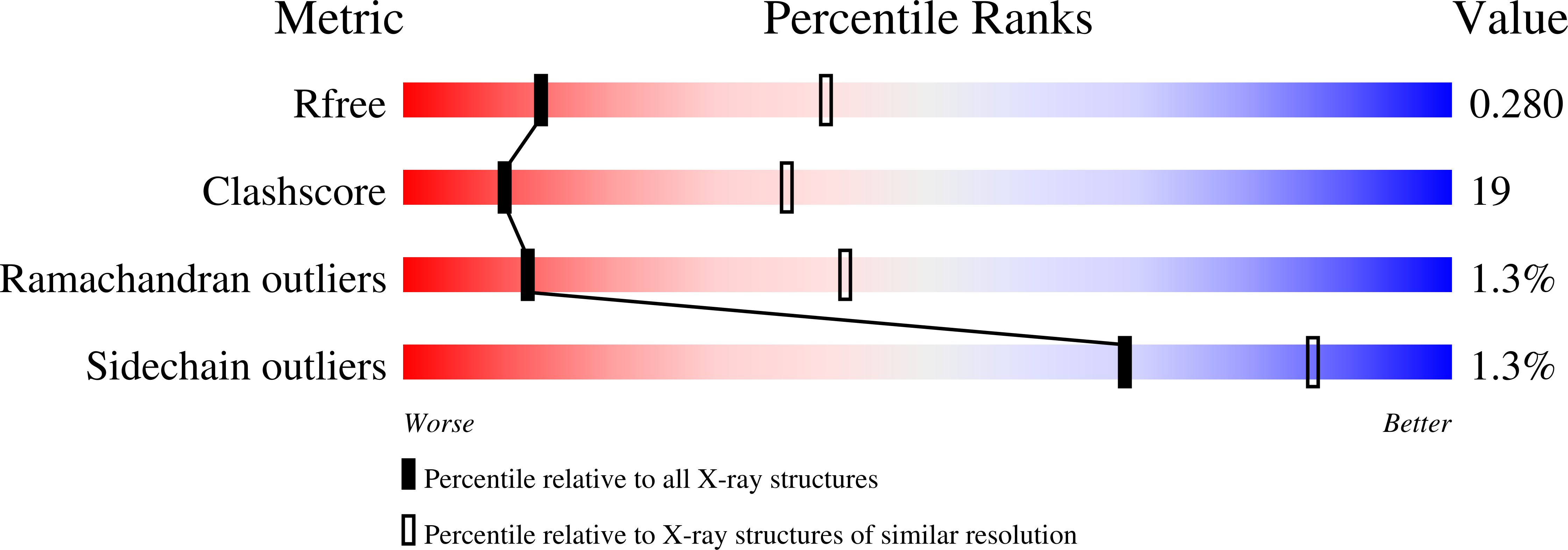
Deposition Date
2020-09-21
Release Date
2022-04-13
Last Version Date
2024-11-06
Entry Detail
PDB ID:
7AG0
Keywords:
Title:
Complex between the bone morphogenetic protein 2 and its antagonist Noggin
Biological Source:
Source Organism:
Homo sapiens (Taxon ID: 9606)
Host Organism:
Method Details:
Experimental Method:
Resolution:
3.10 Å
R-Value Free:
0.28
R-Value Work:
0.23
R-Value Observed:
0.23
Space Group:
P 61 2 2


